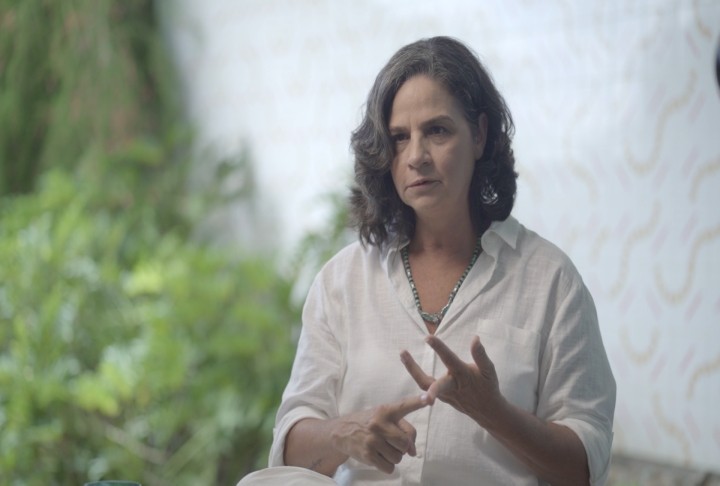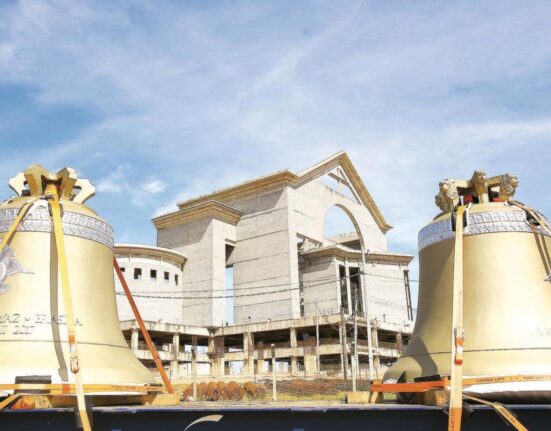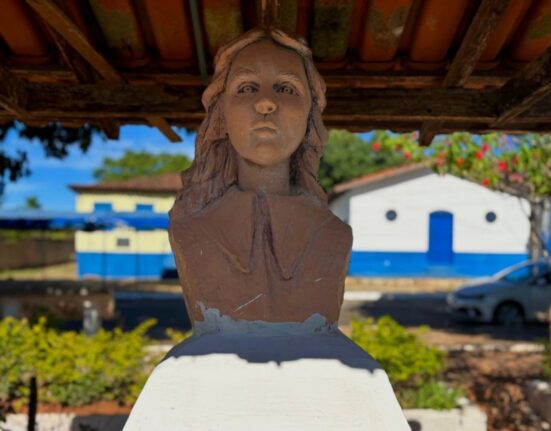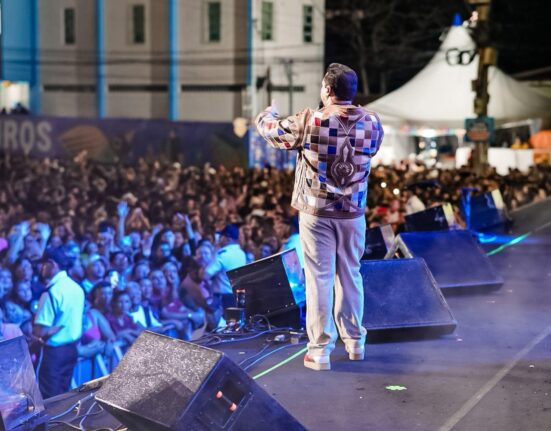In the heart of Brasília’s upscale 113 Sul neighborhood, a chilling crime unfolded in 2009 that continues to captivate the nation. The brutal murder of José Guilherme Villela, Maria Carvalho Mendes Villela, and Francisca Nascimento da Silva sent shockwaves through the community, leaving a lingering sense of unease and disbelief in its wake. At the center of this heinous act stands Adriana Villela, an architect accused of masterminding the triple homicide, a crime that shook the very foundations of trust and security.
The intricate web of events leading to this tragic incident is as complex as it is disturbing. The saga began with financial disputes between Adriana Villela and her parents, escalating into a horrific act of violence that claimed three innocent lives. The prosecution argued vehemently that the motive behind the murders stemmed from these monetary conflicts, painting a grim picture of familial discord turned deadly.
As the case unfolded over the years, the legal system was put to the test, scrutinizing every detail and motive behind the crime. The marathon trial in 2019, lasting a staggering 10 days and over 103 hours, exposed the raw emotions and legal complexities entwined in this harrowing tale. The prosecution’s narrative, supported by compelling evidence and testimonies, swayed the jury towards a guilty verdict, condemning Adriana Villela to 61 years and 3 months behind bars.
However, the wheels of justice continued to turn as appeals and legal maneuvers sought to challenge the initial verdict. In a dramatic twist of events, the Superior Court of Justice (STJ) found itself at the center of attention once more as it deliberated on the prosecution’s plea for immediate imprisonment of Adriana Villela. The stakes were high, the tension palpable as legal eagles sparred over the fate of the accused architect.
Amidst the legal wrangling and emotional turmoil, one question loomed large: Did Adriana Villela orchestrate the gruesome murders, or was she a pawn in a larger game of deception and betrayal? The defense vehemently refuted the prosecution’s claims, painting a picture of innocence tainted by circumstantial evidence and investigative missteps. The narrative of a botched robbery gained traction, challenging the prosecution’s version of events and casting doubt on the guilt of the accused.
As the STJ prepared to reconvene for the crucial phase of the trial, the nation held its breath, awaiting the final chapter in this gripping saga. The decision looming on the horizon would not only determine Adriana Villela’s fate but also serve as a litmus test for the Brazilian justice system’s ability to dispense fair and impartial judgments in the face of overwhelming public interest.
In the hallowed halls of the STJ, the scales of justice tipped precariously, balancing the weight of evidence against the presumption of innocence. The outcome of this legal battle would not only bring closure to a long and painful chapter in Brasília’s history but also set a precedent for how society grapples with crimes of such magnitude and complexity.
As the echoes of the past reverberated through the courtroom, one thing remained clear: the Crime da 113 Sul was not just a case of murder and betrayal but a stark reminder of the fragility of human relationships and the depths to which desperation can drive individuals. The verdict awaited with bated breath would not only deliver justice to the victims but also provide a semblance of peace to a community torn asunder by violence and mistrust.
In the end, as the gavel fell and the fate of Adriana Villela was sealed, the nation stood witness to a momentous decision that would reverberate through the annals of Brazilian legal history. The Crime da 113 Sul had etched its place in the collective memory of a nation, a stark reminder of the darkness that lurks beneath the veneer of civility and the unwavering pursuit of truth and justice in the face of adversity.









Leave feedback about this